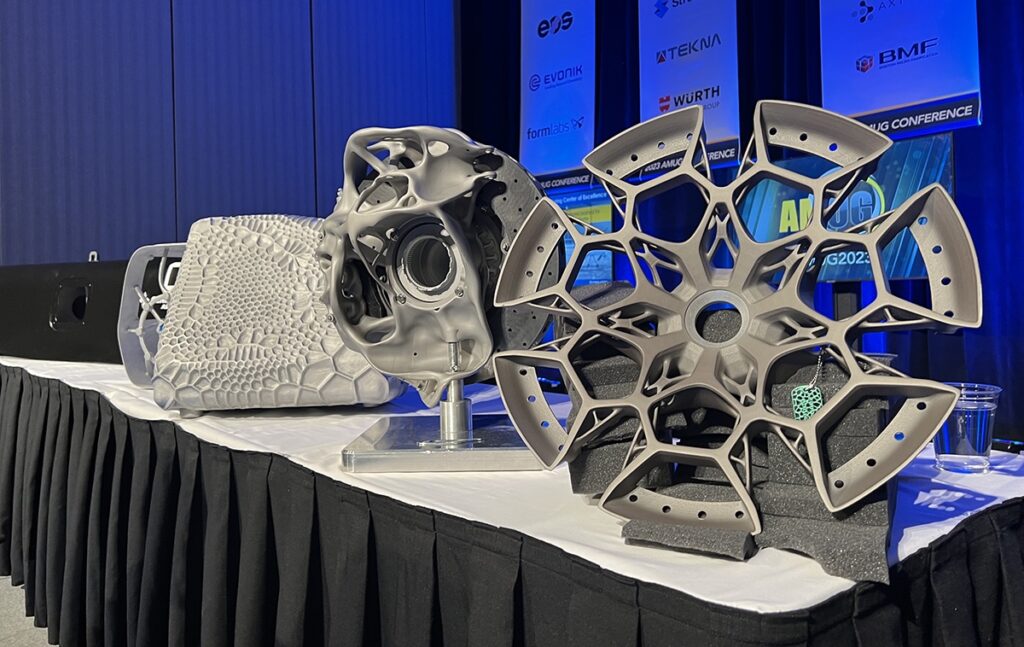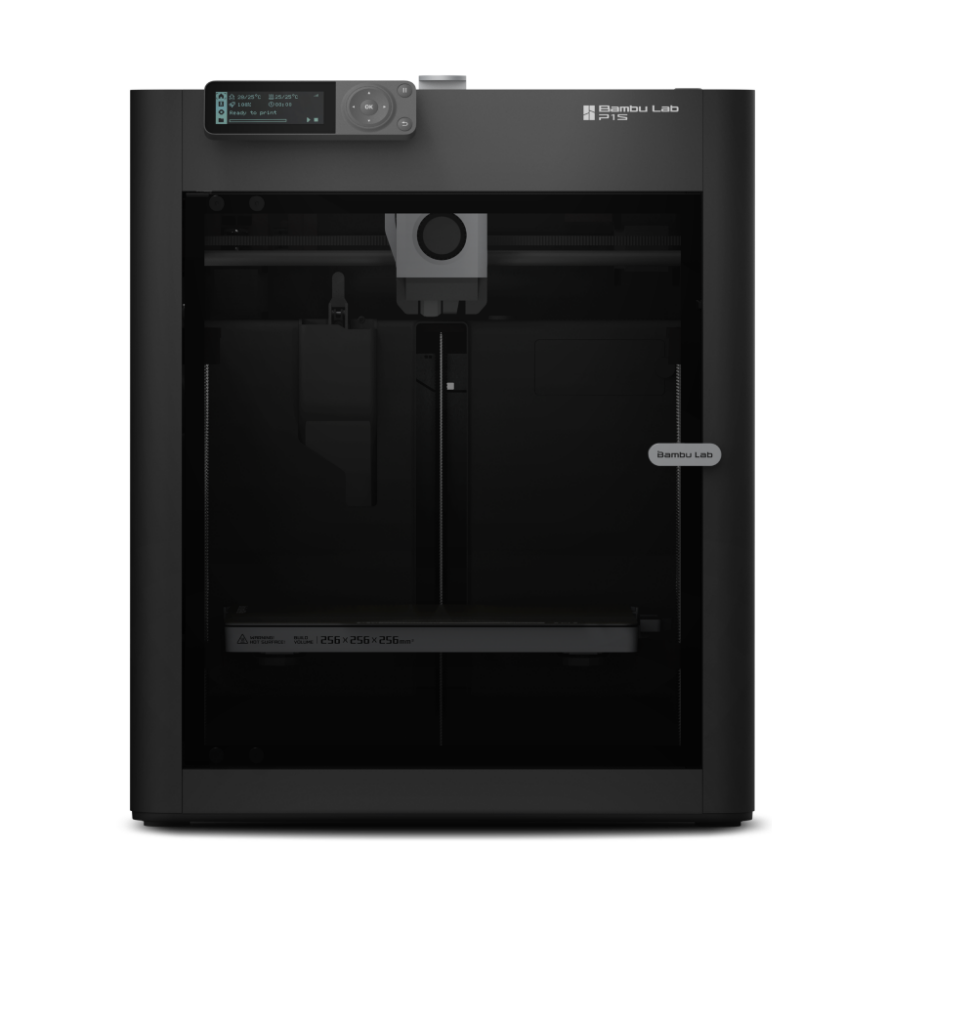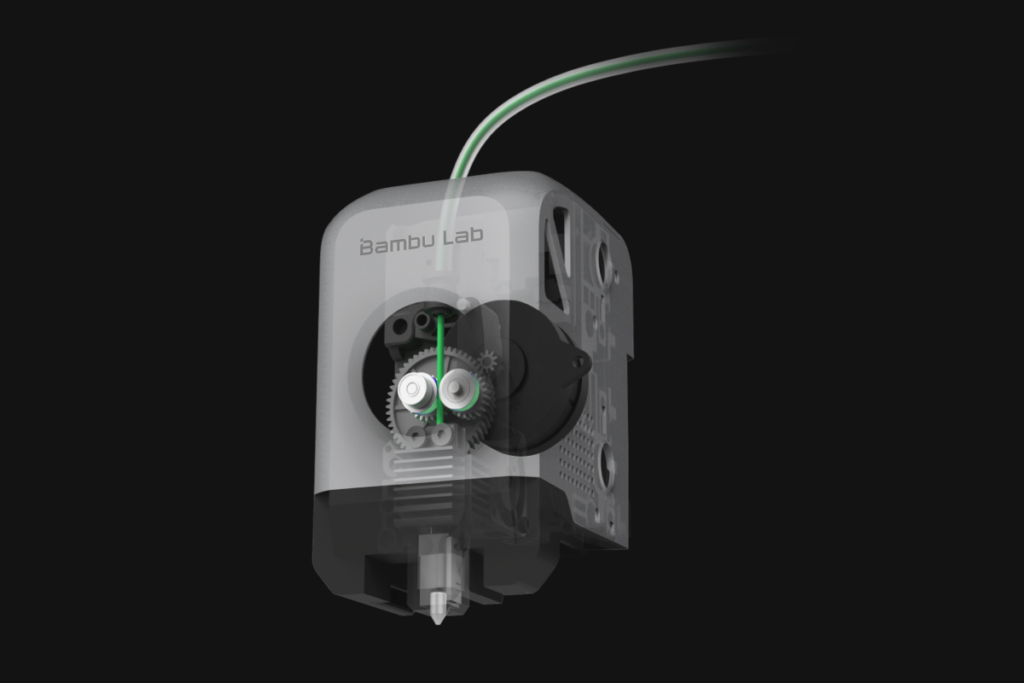On July 31, 2023, China’s Ministry of Commerce (MOFCOM) announced that it plans to expand its export controls policy on certain equipment critical to global unmanned aerial vehicle (UAV) supply chains. As is routine in this context, no matter what government is involved, the MOFCOM cited protection of “national security and interests” as the reason for the move, which is expected to be put into place on September 1.
The move comes about a month after China placed export controls on certain products made from gallium and germanium — two metals critical to the semiconductor industry — a ban that went into effect on August 1. It also follows days after the Biden administration issued an executive order on keeping IP gains fueled by taxpayer-funded R&D in the US domestic manufacturing ecosystem.
According to Reuters, the MOFCOM drone export ban heightens restrictions on “some drone engines, lasers, communication equipment and anti-drone systems,” and places a specific emphasis on preventing shipments of consumer drones that could be used for military purposes. Lurking in the background of the expanded ban is tension that goes back several years surrounding Shenzhen DJI Sciences and Technologies Ltd. (DJI), the largest consumer drone company in the world.

Relevant for the additive manufacturing (AM) sector, 3DPrint.com’s Joris Peels pointed out in a post about Bambu Lab from about a year ago, “Bambu’s team consists of ex-DJI engineers….It’s almost an ideal background [for engineers at a 3D printing company] to have made complex consumer [UAVs] that balanced software, hardware, engine, and more at scale.” The fact that the expanded ban comes at a time when both the US and China are starting to restructure their manufacturing sectors to be more amenable to digitalization makes one wonder if there’s more of a connection between China’s drone supply chain and its 3D printing supply chain than simply the knowledge skill-set common to both.
In August, 2020, when MOFCOM’s ban on drone equipment was originally implemented, the list of restricted exports included components used in 23 different technologies. Chinese firms producing those components are now required to possess government-issued export licenses in order to sell the components overseas. One of the restricted technologies is 3D printing. As part of the US government’s response to MOFCOM’s initiation of the drone equipment sanctions, the Department of Commerce (DOC) placed DJI on the Bureau of Industry and Security’s Entity List, and as one of his last acts while in office, President Trump signed an executive order in January, 2021 requiring that Chinese-made drones be removed from US government fleets.
Bambu Lab, which was, to reiterate, started by ex-DJI engineers, began in 2020, was in stealth mode for a little under two years, then took the 3D printing industry by storm when it started shipping its first desktop printers in June, 2022. A few months prior to that, in March, 2022, DJI had started catching flak over accusations that the Russian military was using the company’s AeroScope drone detection unit to identify Ukrainian targets and block Ukraine from identifying Russian ones. The militaries of both Ukraine and Russia have both reportedly been using DJI drones since the beginning of Russia’s 2022 invasion.

Consequently, also in March, Germany’s largest electronics retailer, MediaMarkt, stopped selling DJI products. Then, in April, DJI officially left the Russian market, which CNN at the time referred to as “a rare exit by a prominent Chinese company since the war started.” Despite its apparent attempts to acquiesce to global public opinion, DJI has continued to struggle: in March, 2023, the company discontinued manufacture of the AeroScope platform, and in April, 2023, DJI lost a patent violation case in the Western District of Texas to helicopter manufacturer Textron. As of now, DJI owes Textron $279 million, although the Chinese drone maker plans to appeal the decision. Interestingly, Bambu Lab’s US headquarters are in the AM hotbed of Pflugerville, TX, within the Western District’s jurisdiction.

So, while it may seem as if the sanctions tit-for-tat between the US and China is symptomatic of constantly escalating tensions, the tension somehow manages to never reach a boiling point, and the continuously unfolding results look more and more like a sensible reorganization of global supply chains. As the South China Morning Post pointed out, even the most recent export restrictions, while they’re mostly being framed as the heightening of discord, “could be seen as a compromise in response to increasing Western pressure over its close ties with Russia.”
Aside from that, perhaps it is no longer necessary for China to export so many drones, now that everyone who needs to know seems to know how to 3D print them. In that vein, maybe pivoting to 3D printing is a better business move at this point in time. Despite the aggressively posturing bluster that always accompanies anything referred to as a “war”, every move that’s taking place seems to be helping both the US and China tailor their economies to meet the world’s changing demands. It’s working out more like a market-sharing agreement than a war. It may be an agreement that is bad for companies like DJI, but the world has already gone far past the point of having more consumer drones than it needs, anyway.
Featured image, an early example of a 3D printed drone, from 3DRobotics.
Subscribe to Our Email Newsletter
Stay up-to-date on all the latest news from the 3D printing industry and receive information and offers from third party vendors.
You May Also Like
Further Understanding of 3D Printing Design at ADDITIV Design World
ADDITIV is back once again! This time, the virtual platform for additive manufacturing will be holding the first-ever edition of ADDITIV Design World on May 23rd from 9:00 AM –...
3D Printer Maker EVO-tech Reborn as NEVO3D — Once More With Feeling
EVO-tech was a 3D printing service and original equipment manufacturer established in 2013 and based in Schörfling am Attersee, Austria. The company produced high-quality material extrusion systems featuring linear bearings,...
3D Systems Brings 3D Printed PEEK Cranial Implant to the U.S. with FDA Clearance
For more than 10 years, 3D Systems (NYSE:DDD) has worked hand-in-hand with surgeons to plan over 150,000 patient-specific cases, and develop more than two million instruments and implants from its...
CDFAM Returns to Berlin for Second Annual Symposium
The second CDFAM Computational Design Symposium is scheduled for May 7-8, 2024, in Berlin, and will convene leading experts in computational design across all scales. Building upon the first event...































